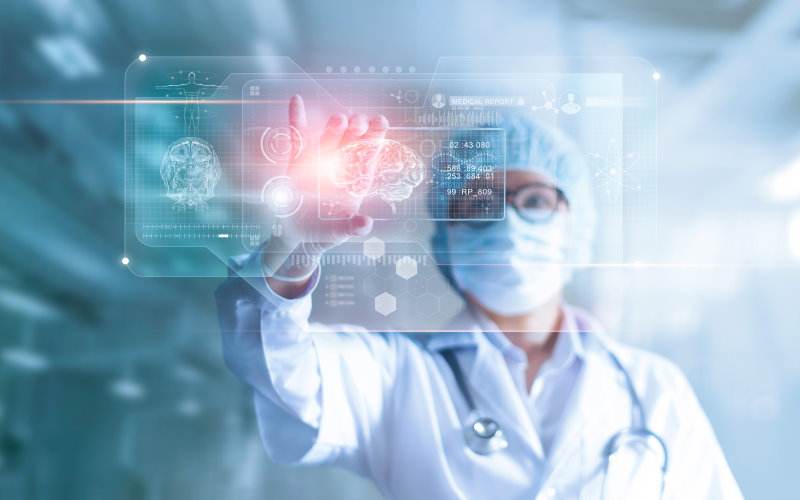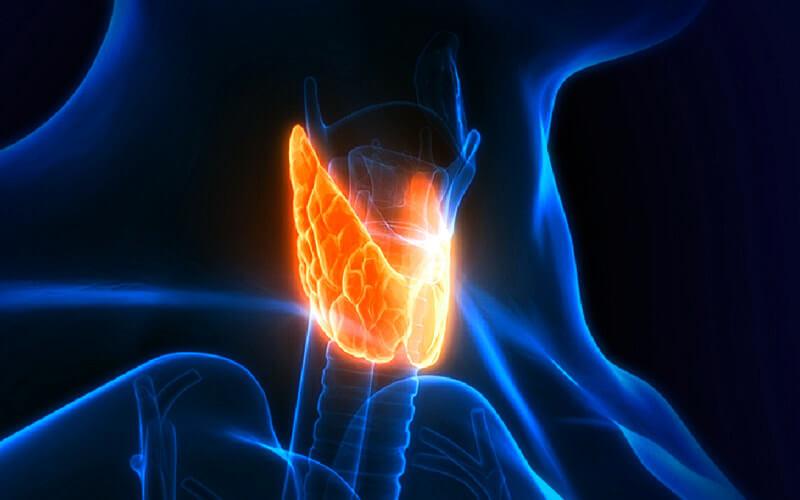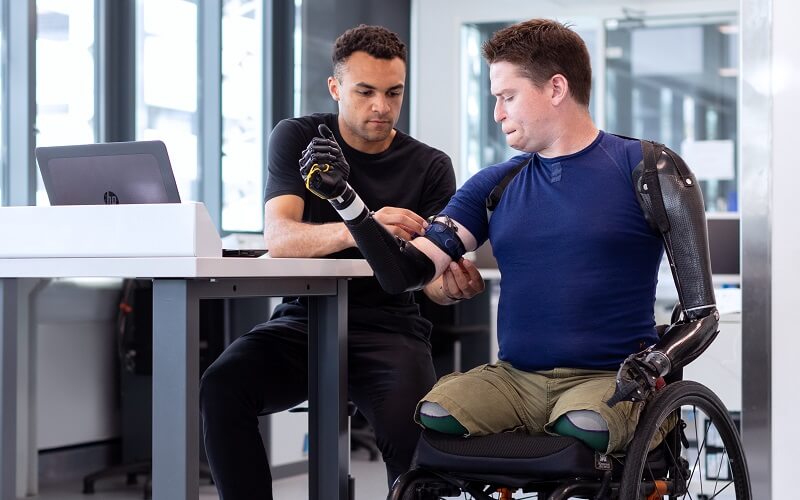Neuromodulation

Case study: Ambulatory Urodynamics
How ambulatory urodynamics can be used for electrostimulation-based neuromodulation for bladder control in the case of neurogenic bladder after SCI.
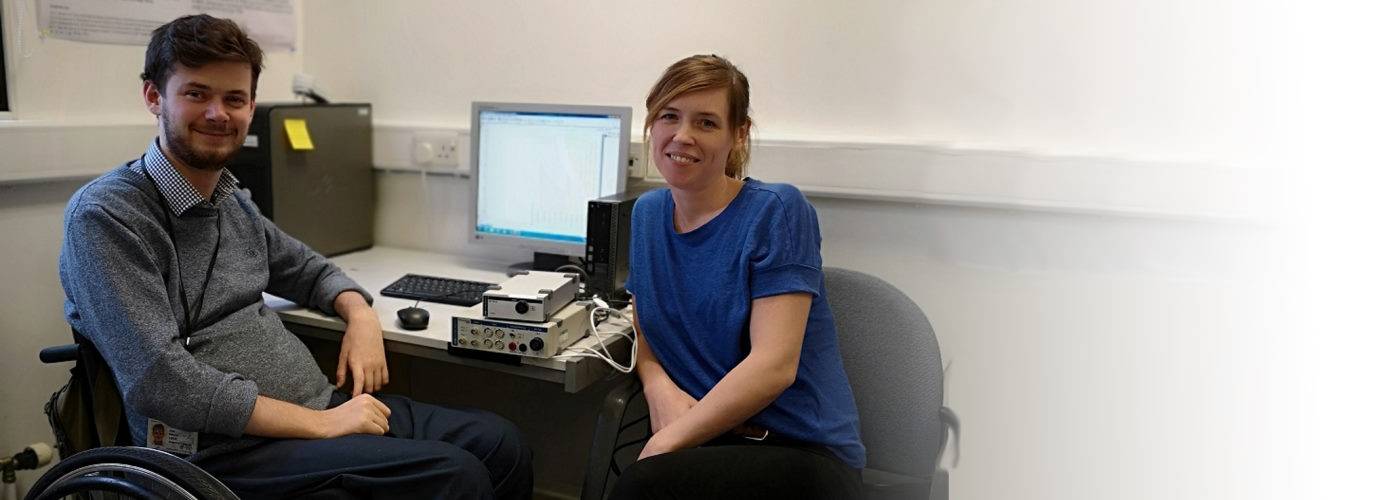
NEUROMOD II
NEUROMOD II is an active project with the INSPIRE Foundation, testing the effectiveness of Dorsal Genital Nerve Stimulation in reducing incontinence in people with spinal cord injury.

More Aspire CREATE research
Our experts


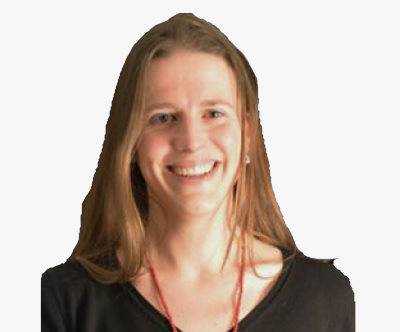
Dr Anne Vanhoestenberghe (2014-2022)
Select publications
Al'Joboori, Y., Hannah, R., Francesca, L., Duffell, L., et al. (2021). The immediate and short-term effects of transcutaneous spinal cord stimulation and peripheral nerve stimulation on corticospinal excitability. Frontiers in Neuroscience.
Al'Joboori, Y., Massey, S., Knight, S.L., Donaldson, N. & Duffell, L. (2020). The effects of adding transcutaneous Spinal Cord Stimulation (tSCS) to Sit-to-Stand training in people with Spinal Cord Injury: A pilot study. Journal of Clinical Medicine.
Al'Joboori, Y., Massey, S., Donaldson, N. & Duffell, L. (2019). Combining Transcutaneous Spinal Cord Stimulation and Rehabilitation after Spinal Cord Injury 'STIM2STAND'. Presented at: SMR.
Al'Joboori, Y., Massey, S., Donaldson, N. & Duffell, L. (2018). Frequency Dependant Facilitation of Motor Evoked Potentials with Transcutaneous Spinal Stimulation. Presented at: International Functional Electrical Stimulation Society Conference.
Al'Joboori, Y., Massey, S., Donaldson, N. & Duffell, L. (2018). Frequency Dependant Facilitation of Motor Evoked Potentials with Transcutaneous Spinal Stimulation. Presented at: BiomedEng.
- Doherty, S. (2019). Investigation of Transcutaneous Neuromodulation Techniques and Development of a Wearable Device for Control of the Bladder following Spinal Cord Injury (Doctoral dissertation). UCL (University College London).
- Doherty, S., Knight, S. & Vanhoestenberghe, A. (2017). Wearable neuromodulation devices to manage urinary incontinence subsequent to Spinal Cord Injury. Presented at: IMechE Incontinence: Engineering Challenge XI.
- Knight, S.L., Craggs, M., Edirisinghe, N., Susser, J. & Leaker, B. (2017). Conditional neuromodulation of neurogenic detrusor overactivity using transrectal stimulation in patients with spinal cord injury: A proof of principle study. Neurourology and Urodynamics.
Doherty, S.P., Vanhoestenberghe, A., Susser, J., Gall, A. & Knight, S. (2017). Non-‐invasive neuromodulation to suppress neurogenic detrusor overactivity in spinal cord injury: a site comparison study. Presented at: ISCoS.
Doherty, S.P., Knight, S.L., Lintermans, A. & Vanhoestenberghe, A. (2017). A system to deliver and assess neuromodulation protocols for management of Neurogenic Detrusor Overactivity in Spinal Cord Injury. Presented at: International Functional Electrical Stimulation Society conference (Rehab week 2017).
Related courses
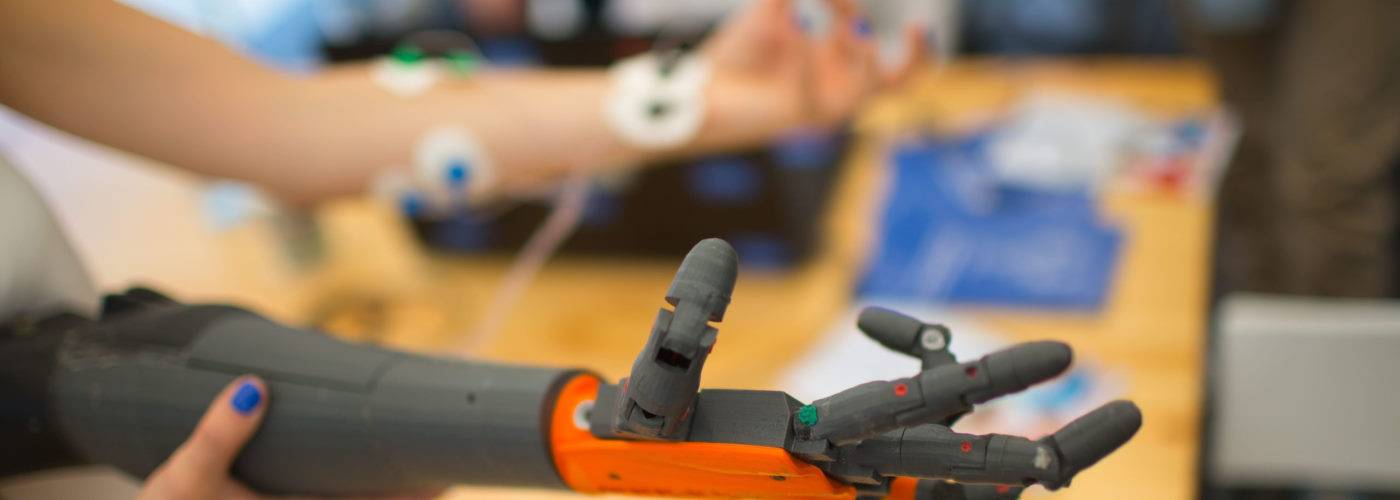
Rehabilitation Engineering & Assistive Technologies MSc
This MSc focuses on the design, development and clinical application of new rehabilitative and assistive technologies to help restore motor functions.
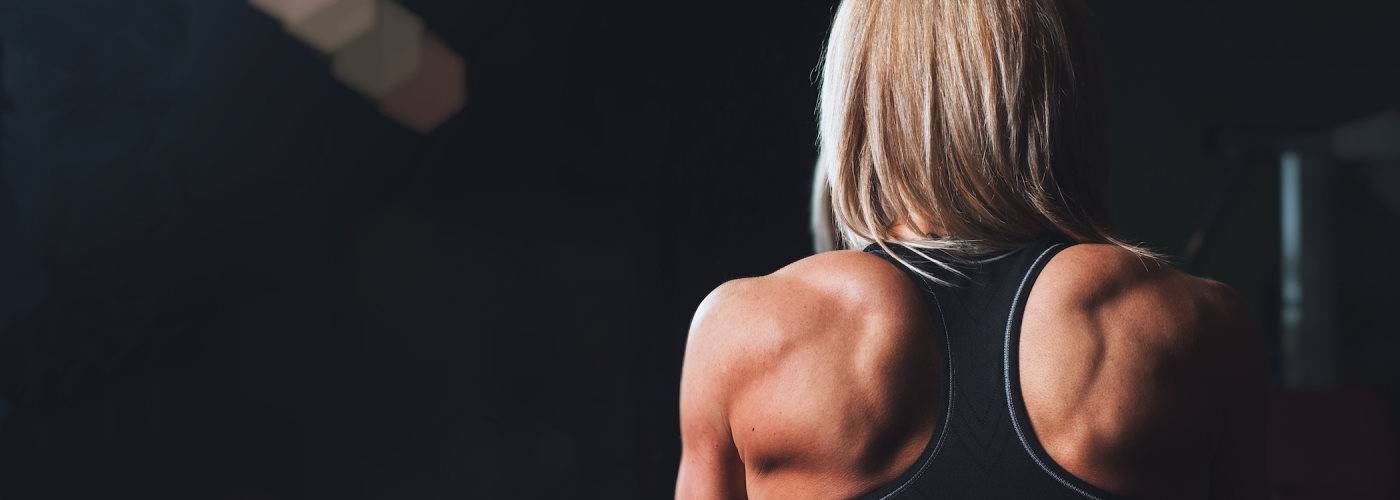
Physical Therapy in Musculoskeletal Healthcare & Rehabilitation MSc
This MSc teaches the scientific principles of physical therapy and allows you to experience the clinical application of specialist rehabilitation techniques.
About Aspire CREATE
We work to improve the quality of life of people with spinal cord injuries. The Centre for Rehabilitation Engineering and Assistive Technology (Aspire CREATE) is a joint research venture between UCL, the Aspire Charity, and the Royal National Orthopaedic Hospital.
How to reach us
Royal National Orthopaedic Hospital
Brockley Hill
Stanmore
HA7 4LP
- Our office: Institute of Orthopaedics and Musculoskeletal Science. (Building 6, ref. 8D.)
- Our main lab: Peripheral Nerve Injury unit. (Building 37, ref. 5E.)
It can be tricky to find your way around the site. We have created a photo guide to help you find our office.
 Close
Close


